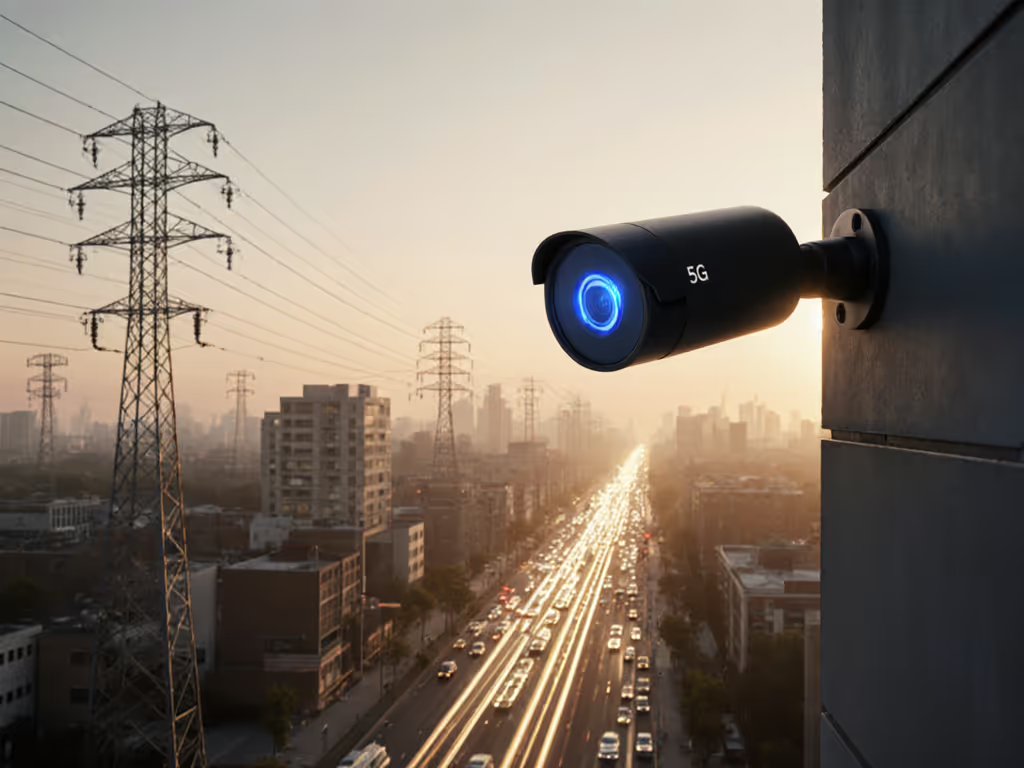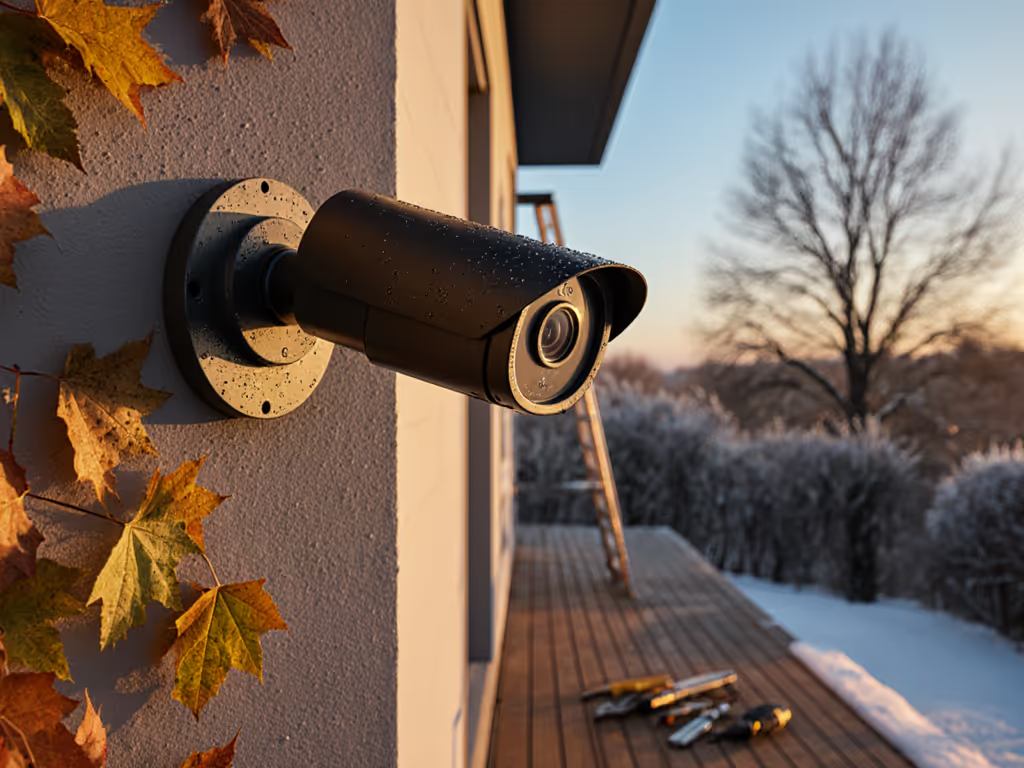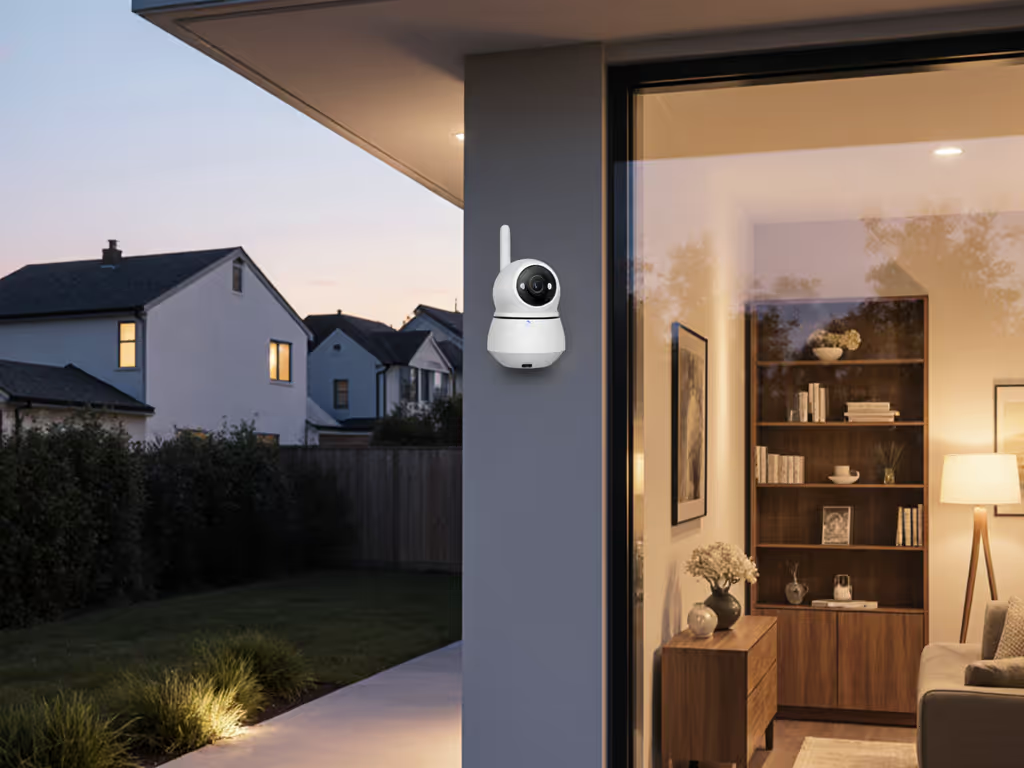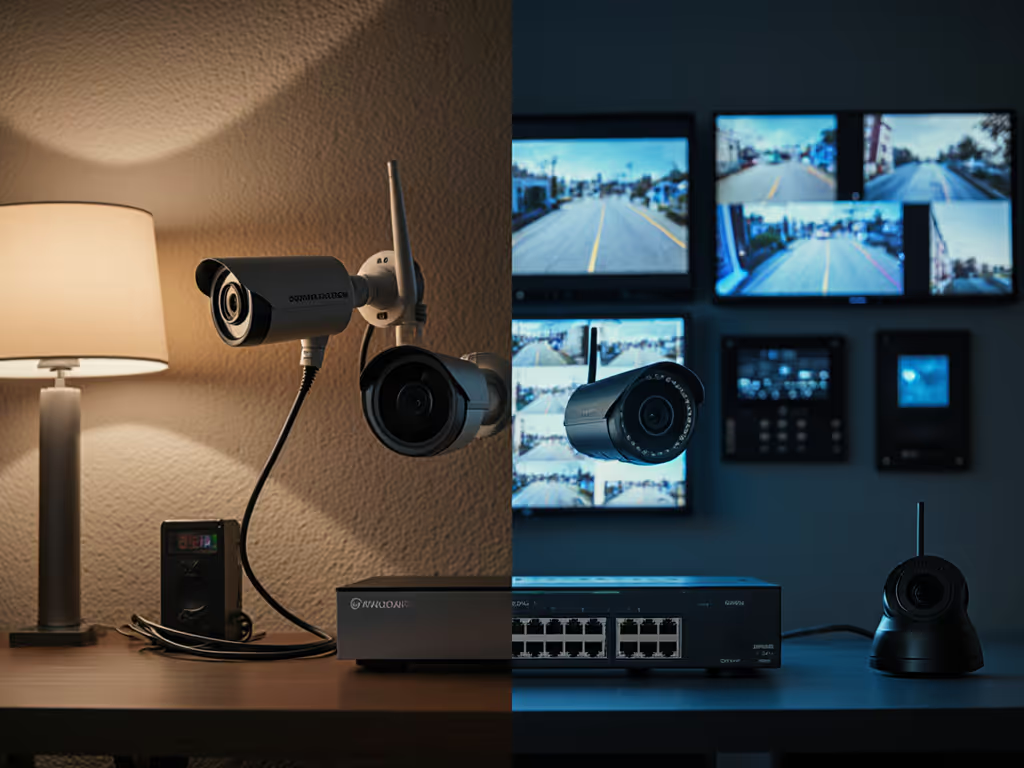
Quantum Security Cameras: Stop False Alerts Now
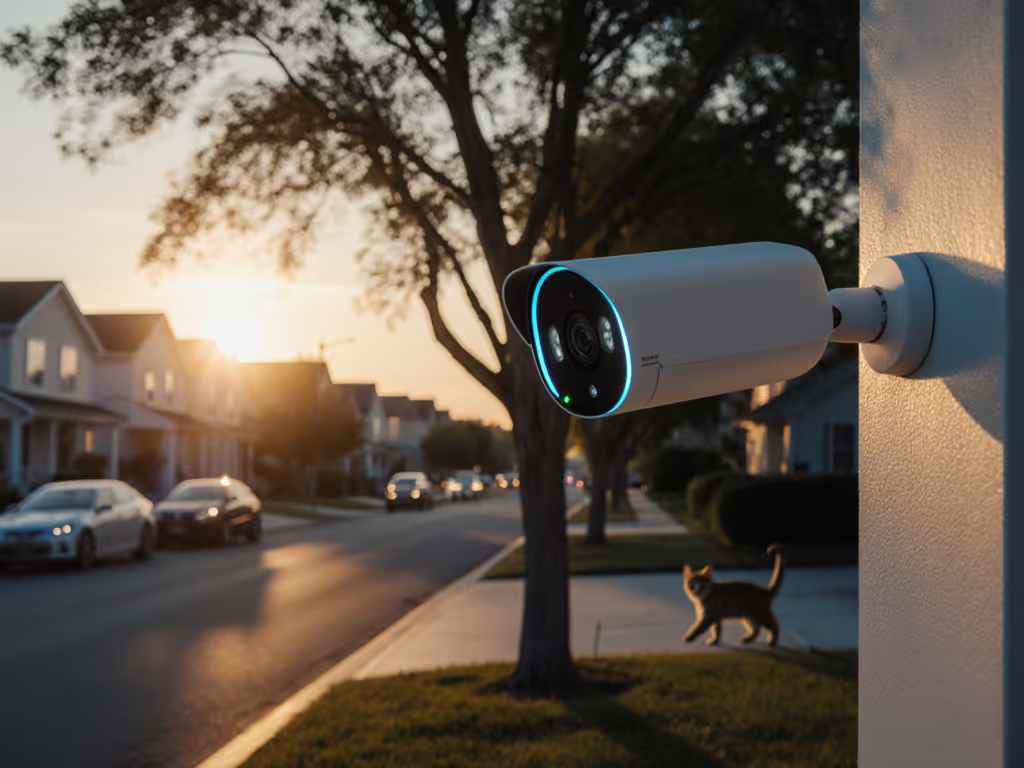
Let’s address the elephant in the room: quantum security cameras don't exist yet. Neither do quantum video analytics, despite what aggressive marketing claims might suggest. What does exist are inflated promises exploiting legitimate anxieties about false alerts. For a technical breakdown of smart detection, see how Video Content Analysis reduces false alarms. If you're tired of notifications for swaying tree branches or your cat darting across the porch, you're not alone. Today, we'll cut through the quantum buzzwords to deliver principle-based guidance for real alert accuracy, using tools available now while preparing for tomorrow's threats. Because true security isn't about futuristic jargon; it is about controlling the data you collect to eliminate noise and keep evidence reliable.
Collect less, control more; privacy is resilience when things go wrong.
FAQ Deep Dive: Cutting Through the Quantum Hype
Q1: Are "quantum security cameras" the solution to false alerts?
A: No, and this confusion is dangerous. True quantum computing threats target encryption, not motion detection. Post-quantum cryptography (PQC) is about future-proofing data after it's captured, not preventing false triggers. The false alarm you get at 3 a.m. because headlights hit a bush? That's an immediate problem caused by poor sensor tuning or over-reliance on cloud-based AI, not quantum vulnerabilities. As one NIST report clarified after a recent panic about broken lattice cryptography: "Many researchers wrestled with analysis beyond their areas of expertise", a warning against chasing shiny solutions for mundane failures. Your priority? Risk-to-control mapping for today's pain points: erratic lighting, pet movements, or uncalibrated detection zones.

Q2: How do I actually reduce false motion alerts?
A: Forget quantum claims. Focus on these battle-tested, local-first tactics:
-
Tune sensitivity thresholds locally: Adjust motion zones on the device, not the cloud app. Set higher thresholds for areas with wind-prone foliage (e.g., trees beyond 15ft). Most systems let you define pixel-change thresholds that ignore subtle movements. Pro tip: If your camera supports IVS rules (tripwires/intrusion boxes), use them instead of basic motion detection. They ignore irrelevant motion like rain or insects.
-
Deploy on-device AI: Cameras with local human/vehicle detection (like those using Ambarella chips) cut false alerts by 90-95% by ignoring pets, headlights, or shadows. Unlike cloud-dependent systems, they work during internet outages, critical for timely alerts. Avoid vendors requiring subscriptions to enable this feature; it's a dark pattern disguised as innovation.
-
Control your data exhaust: Only record what's necessary. If your porch camera faces the street, exclude the sidewalk with privacy masking. Fewer pixels processed = fewer false triggers. As I learned when my neighbor's doorbell footage went viral: control is a feature. Every unnecessary byte stored is a future leak.
Q3: Why should I avoid cloud-only "quantum-ready" systems?
A: Because they compound two critical risks:
-
Latency: Cloud processing adds 10-30 seconds of delay. By the time you get a notification about a package thief, they're gone. Local processing delivers sub-5-second alerts, without surrendering footage to third parties. Compare cloud vs local storage to understand reliability, privacy, and outage resilience.
-
Encryption fragility: Vendors claiming "quantum encryption for surveillance" are misleading you. Real quantum-resistant security means implementing NIST-approved PQC algorithms on your local NVR, not unsubstantiated cloud promises. If your data lives off-site, you lose control of retention policies. Remember: cloud outages mean zero footage during critical events. Local storage with on-device encryption (like AES-256) keeps evidence in your hands.
I rebuilt my system after realizing cloud convenience bred complacency. Now, my local NVR uses per-camera encryption, strict 30-day retention, and on-device AI. False alerts dropped from 50/day to 2/week, and I sleep soundly knowing I own the data.
Q4: How do I prepare for real quantum threats? (Without the hype)
A: Focus on threat-model framing, not sci-fi scenarios. Quantum computers might crack today's encryption in 10-15 years, but your current footage is already at risk from poor practices. Prioritize:
-
Local retention policies: Automatically delete footage after 14 days (adjust for your needs). Less data = less exposure.
-
Open-standard encryption: Choose NVRs supporting PQC-ready algorithms like CRYSTALS-Kyber. Avoid proprietary systems that can't update firmware.
-
Hardware signing: Ensure cameras/NVRs use unique cryptographic keys to verify footage integrity. This prevents tampering, and makes evidence admissible. Strengthen your setup with our camera hacking protection guide.
The goal isn't to "future-proof" with vaporware. It is data minimization: capturing only what's necessary, encrypting it locally, and deleting it on schedule. Privacy isn't just ethics, it's operational resilience. When my street's viral video exposed license plates, it wasn't malice; it was frictionless sharing of uncontrolled data. Control the data, control the risk.
Your Path to Alert Accuracy
Stop chasing quantum mirages. The tools to slash false alerts exist today, if you prioritize local control over cloud dependency. Start with these steps:
- Audit your triggers: Disable motion zones covering trees/streetlights. Get coverage right with our security camera placement guide. Use IVS rules for entry points only.
- Demand on-device AI: No subscriptions for person/vehicle detection. Test cameras with local demos first.
- Encrypt locally: Ensure your NVR encrypts footage before storage (not just in transit).
- Set auto-delete: 7-30 days max, based on your risk model. Fewer archives = fewer breaches.
This isn't about eliminating all alerts, it's about making every notification actionable. When you collect less and control more, false positives plummet and critical evidence stays reliable. That's how privacy becomes resilience.
Further Exploration:
- NIST's Post-Quantum Cryptography Standardization Project (for real PQC timelines)
- ONVIF Profile S guide (ensuring camera/NVR interoperability)
- "Practical Threat Modeling" by Adam Shostack (for home security contexts)
Control is a feature. Own your data, own your security.

